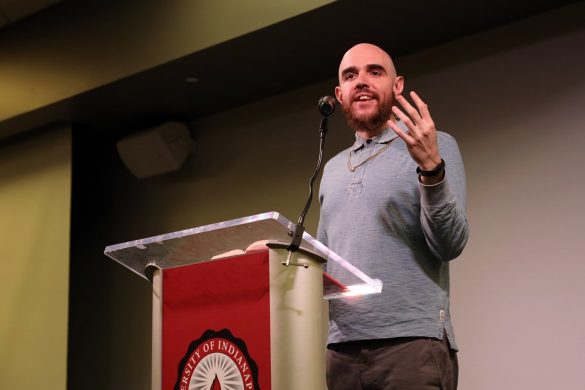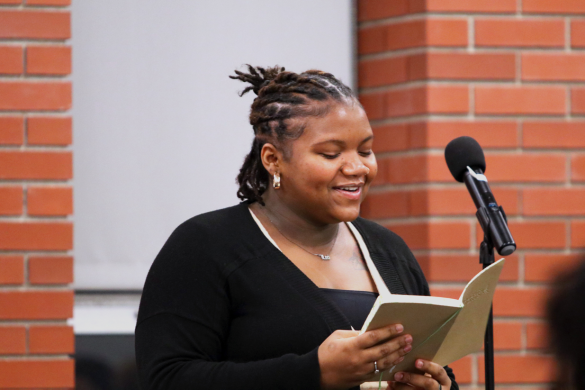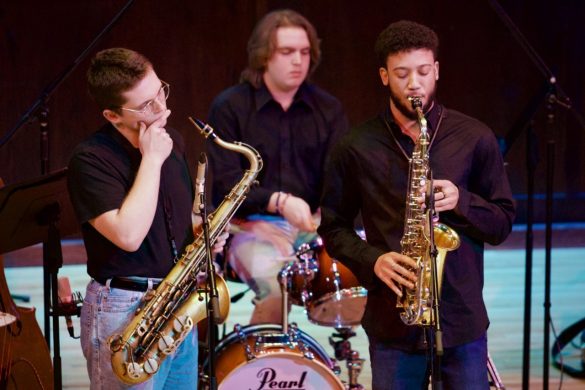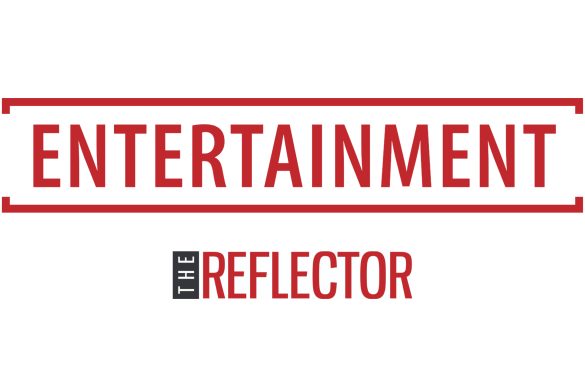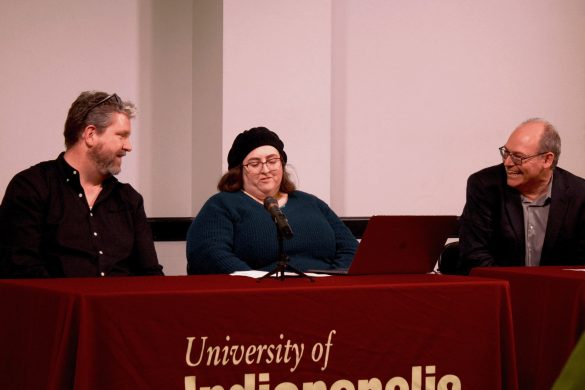The Indiana State Museum is currently host to four exhibitions including the 7000 square feet “FIX: Heartbreak and Hope Inside our Opioid Crisis” experience. The FIX exhibition will occupy the space over a full calendar year from Feb. 1, 2020 to Feb. 7, 2021, according to ISM Vice President of Experience Brian Mancuso. He said that FIX is a response to a few different factors for the ISM.
“How can we be useful to people? How can we be relevant to their day-to-day life rather than just a place where you get to see some old stuff or a place to see some art?” Mancuso said. “Alongside that, we have this crisis that’s out there in the states and we’re one of the states that’s really affected by it.”
According to Mancuso, the opioid crisis has been one of Indiana Gov. Eric Holcomb’s five pillars of action. Mancuso said that because of those reasons, the ISM wanted to use its platform as a means to discuss this topic. The FIX exhibition features interactive quizzes, lesser-known facts about the opioid crisis, as well as recorded interviews with individuals who recount their experience as victims inside the crisis.
“‘FIX: Heartbreak and Hope Inside our Opioid Crisis’ really does take you through that heartbreak and hope,” Mancuso said. “We start with a little bit of a linear experience… then the exhibit really opens up.”

Mancuso said that he wanted the exhibit to encourage patrons to experience what they wanted to experience. He said that FIX is unique because instead of being guided through portions that were not engaging for some individuals, it has an open concept that makes it easy to explore aspects of the exhibit that spark curiosity in each visitor.
A large brain sits in the center of the gallery where patrons can enter and learn about the biological changes that occur when experiencing opioid use disorder. According to Mancuso, the exhibit gives a lot of space to remind people that recovery is possible and, while it is hard work, recovery is for everyone.
“What I do know from our experience going through this is that it cuts through every aspect of society,” Mancuso said. “It is not special to one group… it’s everywhere and pervasive and something people need to have a really good solid understanding of.”
According to President and CEO of ISM and Historic Sites Cathy Ferree, museums are considered to be one of the most trustworthy places for people to get information, which gives them a foundation to explain a crisis that is very misunderstood. She said that museums are also an environment that encourages curiosity and asking questions to learn new information.
“Yes, it is a crisis and yes, there are solutions. We have been here before in other healthcare crises,” Ferree said. “We have learned that the more people that have good information, the less power the crisis has over us.”
